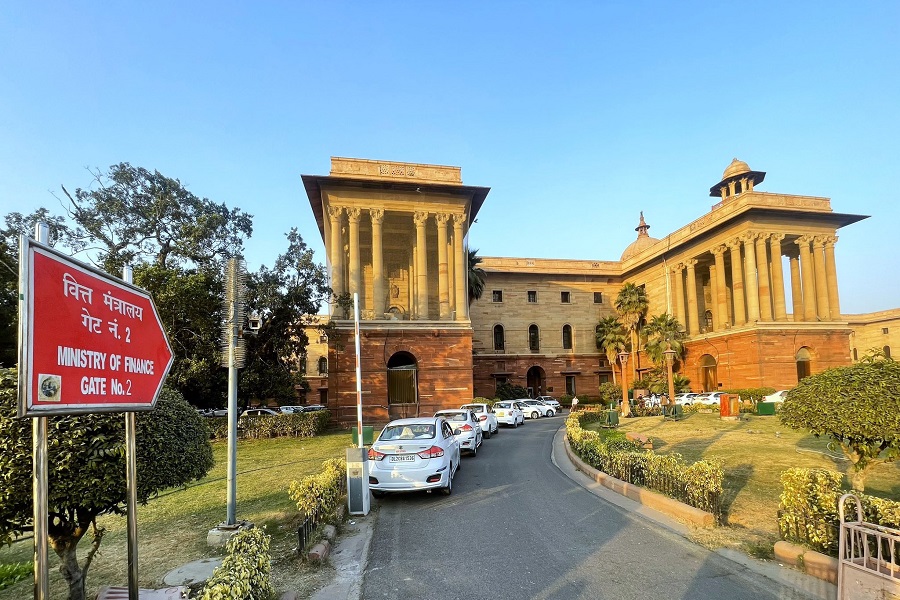
Public Sector Banks (PSBs) in India registered their highest-ever aggregate net profit of Rs 1.41 lakh crore in the financial year 2023-24, the Ministry of Finance said on Sunday.
The gross non-performing assets (GNPA) ratio steeply declined, dropping to 3.12 per cent in September 2024. Demonstrating continued momentum, they registered a net profit of Rs 85,5206,000 crore in the first half of 2024-25.
In addition to their stellar performance, PSBs have contributed significantly to shareholder returns, paying a total dividend of Rs 61,964 crore over the past three years. This remarkable financial growth underscores the sector's operational efficiency, improved asset quality, and stronger capital base.
Beyond their financial achievements, these banks have played a key role in promoting financial inclusion.
They have implemented crucial government schemes like the Atal Pension Yojana and Pradhan Mantri Jeevan Jyoti Bima Yojana, to name a few.
A turning point came in 2015 when the Reserve Bank of India (RBI) initiated the Asset Quality Review (AQR). This exercise aimed to identify and address hidden stress in banks by mandating the transparent recognition of NPAs.
It also reclassified previously restructured loans as NPAs, resulting in a sharp increase in reported NPAs. The heightened provisioning requirements during this period impacted the financial parameters of banks, restricting their ability to lend and support productive sectors of the economy, said the ministry.
Another indicator of the improved resilience of PSBs is their Capital to Risk (Weighted) Assets Ratio (CRAR), which rose by 3,983 basis points to 15.43 per cent in September 2024, up from 11.45 per cent in March 2015.
Notably, this CRAR far exceeds the Reserve Bank of India’s (RBI) minimum requirement of 11.5 per cent, underscoring the strengthened financial health of these institutions.
Public Sector Banks in India have made remarkable strides in recent years, achieving unprecedented financial milestones and contributing significantly to the nation’s economic stability and growth.
